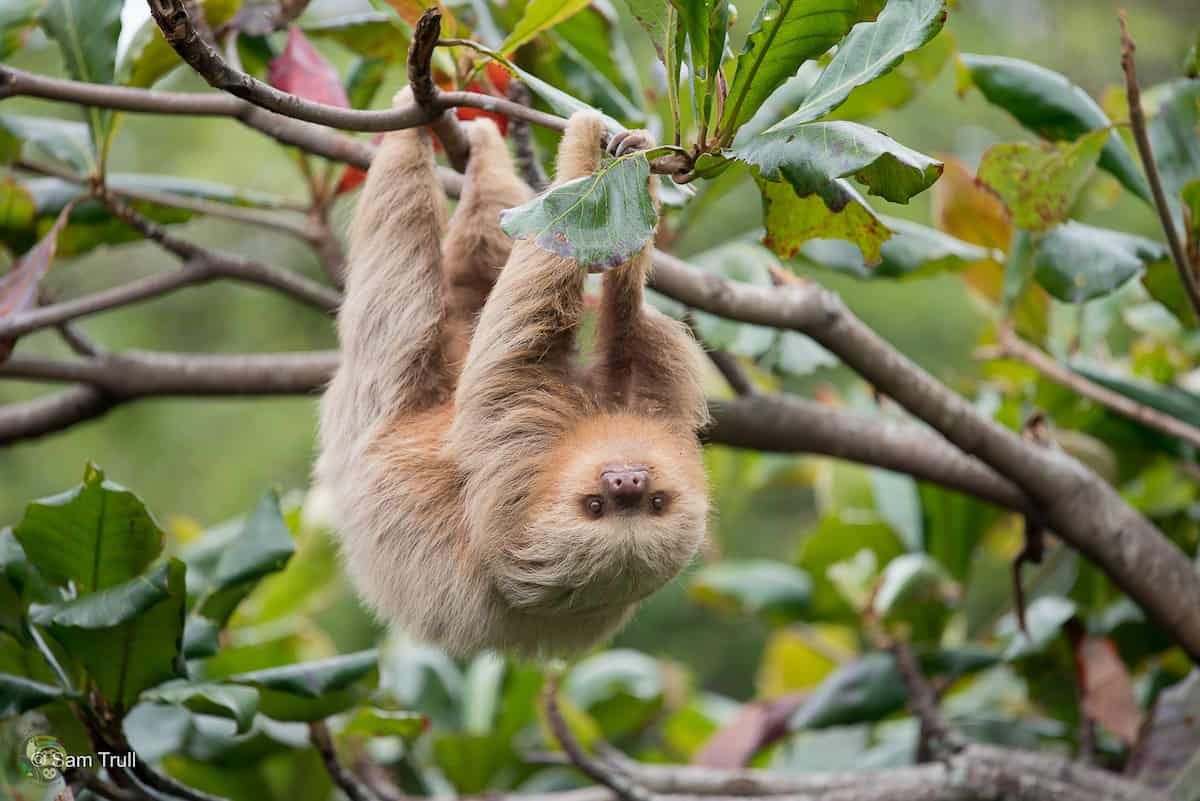Costa Rica’s natural heritage is in danger. The National System of Conservation Areas (SINAC) is facing its largest reduction in personnel and budget over the last four years. SINAC oversees 25% of the country’s terrestrial territory and 30% of its marine territory, which are designated as protected areas.
According to the institution, 152 protected areas are directly managed by just 517 staff members. This equates to one official being responsible for approximately 347 km². Between 2020 and 2021, while the area of protected land increased by 524%, the institutional budget decreased by 37%, and the hours dedicated to control and protection efforts dropped by 70.2%. From 2020 to 2023, the workforce was reduced by 6%, and the budget continued to shrink, with a 42% reduction in 2024 compared to 2020.
The rising number of tourists visiting the country, the growing threat of drug trafficking, and the continual decrease in SINAC’s budget and resources pose significant risks to the well-being of protected areas across the nation. Environmental experts agree that Costa Rica’s protected areas should not be viewed as an expense, but rather as an investment.
“We must recognize the real contributions that protected areas make to the country, such as providing protection from natural disasters, attracting tourists, promoting pollination, and generating economic activity through productive chains,” said Allan Valverde, Dean of the Faculty of Environment and Development at the University for International Cooperation.
He also emphasized that failing to properly care for these areas could lead to serious social problems, as most protected regions are located near vulnerable communities that rely on the businesses associated with these areas. Specialists also stressed the importance of fostering partnerships between the public and private sectors, as well as involving local communities in decision-making processes.
“In Costa Rica, we realized that we would not achieve our conservation goals with protected areas alone. Therefore, conservation management must also take place outside these areas. SINAC cannot do this alone, which is why attracting public-private partnerships is crucial,” said Carlos Hernández, Director of the Private Reserves System of the Tropical Science Center (CCT).
At the same time, Miguel Madrigal, President of the Association of Retired Park Rangers, highlighted the risks in SINAC’s decision-making process, stating that “technical decisions are increasingly being influenced by personal agendas within the bodies created by legislation.”
Costa Rica needs environmental policies that prioritize the protection of its most precious natural treasures. The country cannot afford to lose its direction, and its citizens must demand decisions that safeguard the conservationist spirit that has long been a foundation of the nation.






